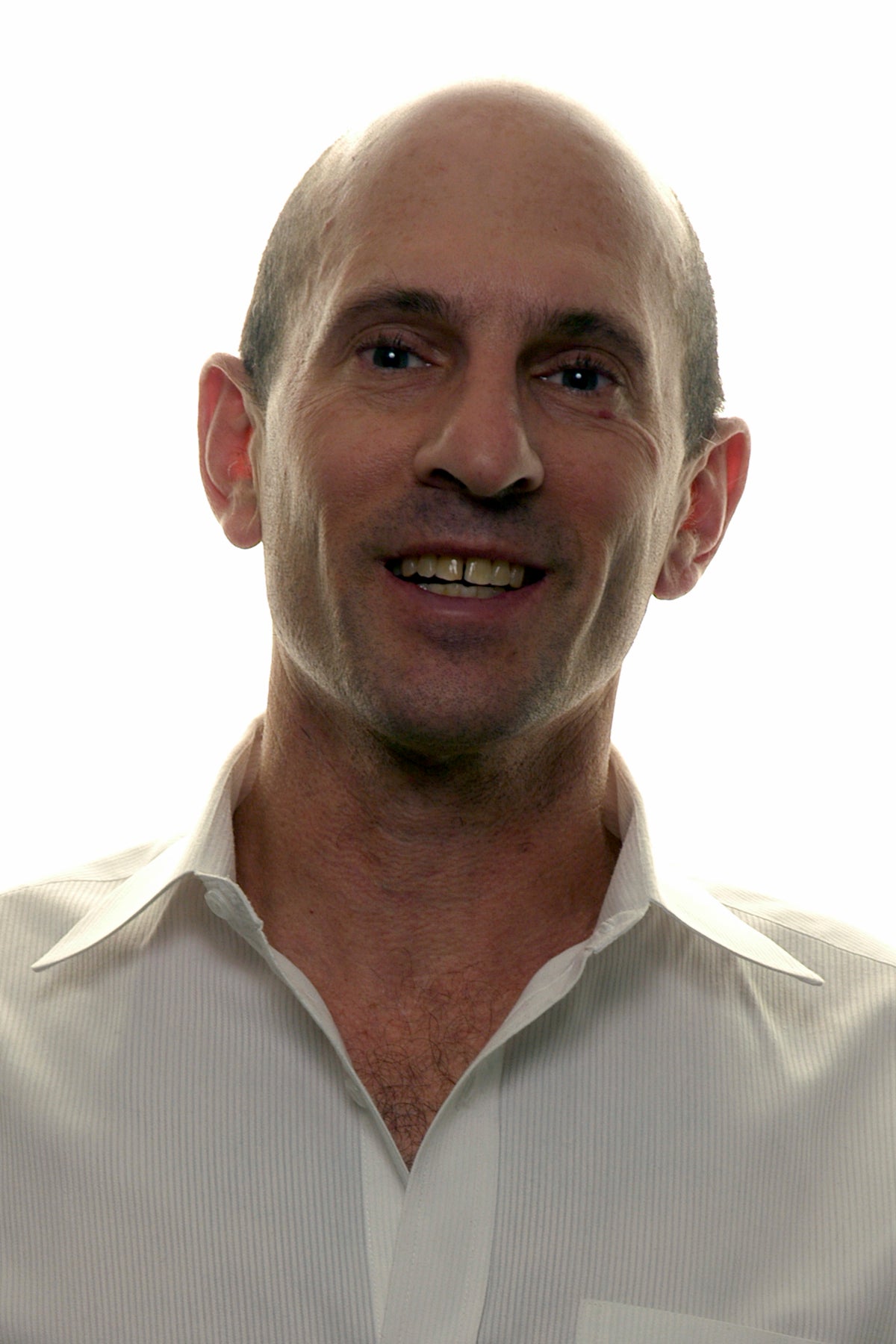As part of the Water Institute's WaterTalks lecture series, the Water Institute, in collaboration with Waterloo's Department of Earth and Environmental Sciences, is pleased to co-host the 2020-21 Canadian Society of Exploration Geophysicists (CSEG) Distinguished Lecturer, Paul Bauman, who will present "Good Geoscience in Dire Places: Searching for Water in Humanitarian Crises."
This national lecture tour is sponsored by the CSEG Foundation and presented by a distinguished member of the CSEG. The goal is to promote the science and application of geophysics to those working with, studying, and interested in the science of geophysics and highlights a topic of current interest.
More information
The number of refugees and internally displaced persons (IDPs), worldwide, is about 80 million. Most refugees are fleeing water-stressed and conflict-torn countries such as South Sudan, Somalia, and Syria. Generally, the host countries for refugee populations are also arid or semi-arid, such as Kenya, Chad, and Jordan. In the marginal landscapes where refugee camps are usually sited, groundwater is often the only practical source of water for drinking, cooking, and sanitation. A lack of access to adequate water supplies is directly tied to increasing occurrences of cholera, dysentery, hepatitis, trachoma, and other diseases. Today, with Covid-19 outbreaks already occurring in overcrowded refugee camps, improving hygiene is critical. A well-targeted geophysical exploration program can make the difference between a successful water supply program and one doomed to failure.
In this talk, Paul will lead you on the geophysical search and then the discovery of water in a few of the refugee camps and conflict zones in East Africa. In each of these settings, the cause of human displacement is distinct, the geology and hydrogeology vary, the landscapes are strikingly different, but the need for water is equally desperate.
In one of the largest refugee camps in the world, in the Turkana desert of Kenya, seismic and resistivity surveys helped to increase the water supply to the camp and, simultaneously, a previously unrecognized public health crisis was addressed. In Northern Uganda, in the devastation left behind by Joseph Kony and the Lord’s Resistance Army, village water supplies were restored following geophysical surveys and hydrochemical testing. More importantly, the local Ugandan crews were trained to carry on with this technical work. Finally, in the midst of a civil war in the world’s newest country, South Sudan, an emergency mission relying on resistivity surveys took advantage of a cessation of hostilities to find water in villages stranded by the conflict.
Speaker bio
